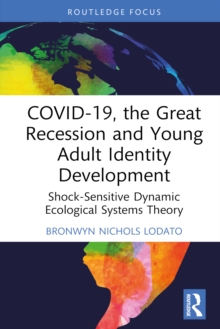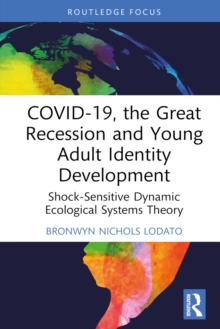
EPUB
Description
Linear and Complex Analysis for Applications aims to unify various parts of mathematical analysis in an engaging manner and to provide a diverse and unusual collection of applications, both to other fields of mathematics and to physics and engineering. The book evolved from several of the author's teaching experiences, his research in complex analysis in several variables, and many conversations with friends and colleagues. It has three primary goals:
- to develop enough linear analysis and complex variable theory to prepare students in engineering or applied mathematics for advanced work,
- to unify many distinct and seemingly isolated topics,
- to show mathematics as both interesting and useful, especially via the juxtaposition of examples and theorems.
The book realizes these goals by beginning with reviews of Linear Algebra, Complex Numbers, and topics from Calculus III. As the topics are being reviewed, new material is inserted to help the student develop skill in both computation and theory. The material on linear algebra includes infinite-dimensional examples arising from elementary calculus and differential equations. Line and surface integrals are computed both in the language of classical vector analysis and by using differential forms. Connections among the topics and applications appear throughout the book.
The text weaves abstract mathematics, routine computational problems, and applications into a coherent whole, whose unifying theme is linear systems. It includes many unusual examples and contains more than 450 exercises.
Information
-
Download - Immediately Available
- Format:EPUB
- Pages:274 pages
- Publisher:CRC Press
- Publication Date:02/08/2017
- Category:
- ISBN:9781498756167
Other Formats
- PDF from £39.59
Information
-
Download - Immediately Available
- Format:EPUB
- Pages:274 pages
- Publisher:CRC Press
- Publication Date:02/08/2017
- Category:
- ISBN:9781498756167










